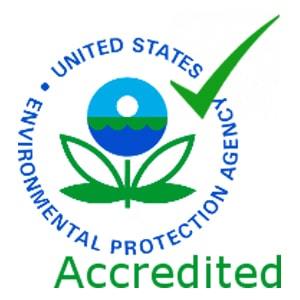Now that the winter season has arrived, many homeowners are beginning to light their furnaces in preparation for keeping their homes warm. However, what some homeowners fail to realize is that most furnaces are gas burners, meaning they also produce carbon monoxide, which is usually contained within the heat exchanger’s walls. Unfortunately, if you aren’t careful, it’s possible that the HVAC unit might start to leak and become a health hazard. Luckily, it’s possible to prevent such a thing from ever occurring.

Here’s what the expert HVAC and roofing contractors from Hader recommend:
Have your furnace inspected yearly.
As stated before, damage to your heat exchanger’s walls is one of the reasons why carbon monoxide can leak from your furnace. However, that’s not the only reason: dirty equipment and components like clogged air filters can do the same. With that in mind, be sure to have your furnace inspected on a yearly basis before you activate it again. That way, any damage to the unit can be repaired or it can be replaced, and any dirt can be cleaned out before you use it again.
Make sure the CO you’re venting goes up, not down.
Appliances such as gas furnaces, water heaters and clothes dryers usually exhaust carbon monoxide into the chimney. This actually makes sense, since most of these units are situated nearer to the chimney than the exterior wall. However, for a chimney to work, the liners need to be in good condition, and unfortunately they don’t last forever. In fact, they can crack and release carbon monoxide fumes into your living space. Therefore, before you activate the furnace, consult a chimney sweep to check for carbon monoxide leaks in your vents and ensure that it’s still in good condition.
Don’t use vent-free gas fireplaces.
Some homeowners have vent-free gas fireplaces installed in their homes to avoid having to deal with a chimney. However, according to experts like those at Hader Roofing, this isn’t something that you should consider, as vent-free gas fireplaces can release carbon monoxide into your home directly. Instead, you should install a vented fireplace in your home. If that’s not an option, don’t use this as an excuse to use a vent-free gas fireplace instead.
What to Do If Carbon Monoxide Leaks Into Your Home
If carbon monoxide begins to leak into your home, you’ll hear your carbon monoxide detector beep four to five times in a row every four seconds. Once you hear the alarm go off, get yourself and everyone else out of the house immediately. Afterwards, don’t hesitate to call emergency services for help in resolving the problem. As much as possible, don’t re-enter the house until the issue has been addressed to keep you and your family safe.
If you’re looking for someone who can help you prevent carbon monoxide leaks, look no further than Hader. When it comes to HVAC and air conditioning maintenance, we’re one of the leading heating and roofing companies to approach, and we won’t let you down! Give us a call at (513) 661-1910 or fill out our contact form to get in touch with us today! We serve homeowners in Cincinnati and other nearby areas in the state of Ohio.






